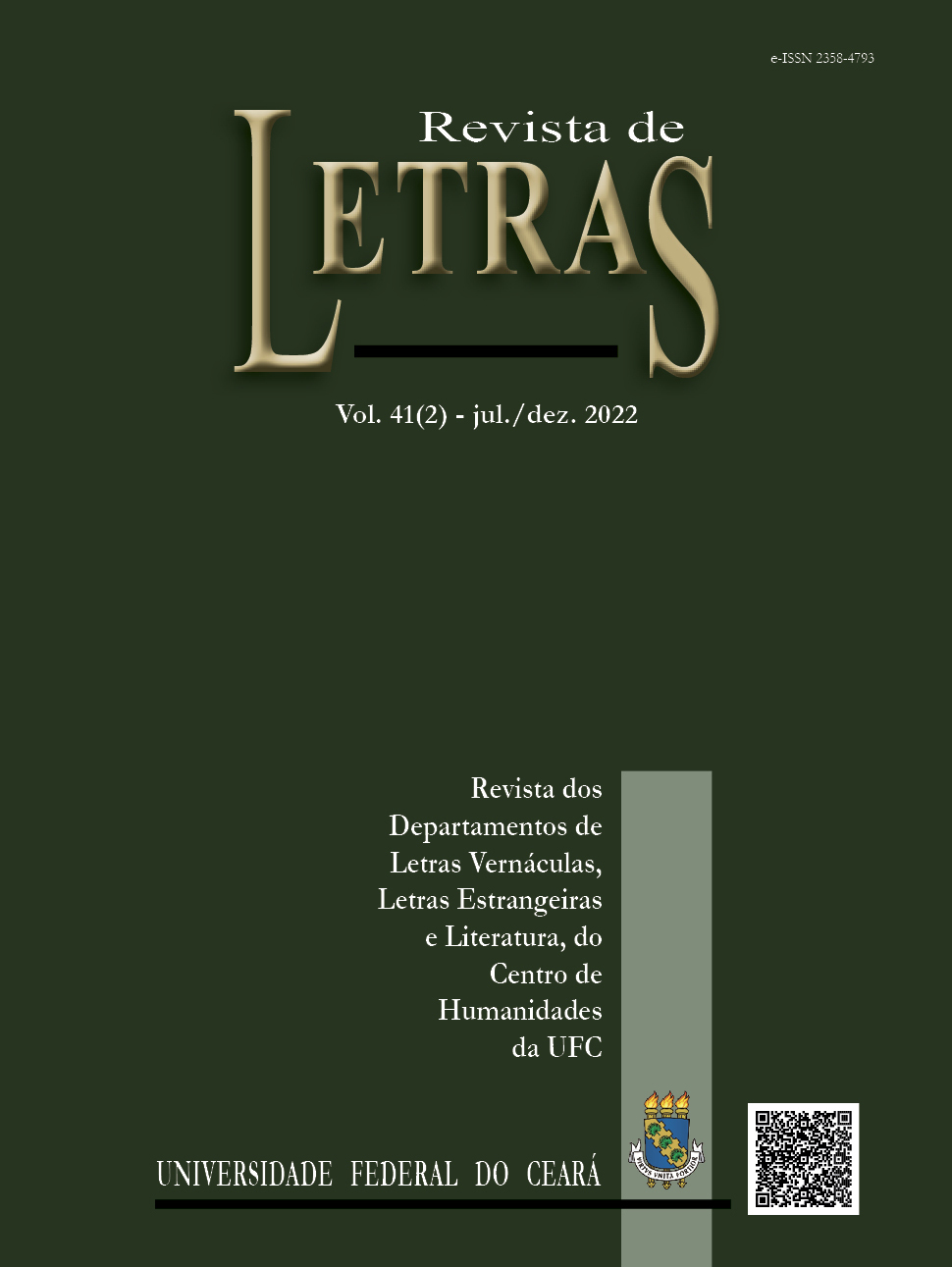FUNCIONAMENTO E POTENCIALIDADES DO PERCURSO DIDÁTICO ENQUANTO DISPOSITIVO DE ENSINO DA LEITURA E DA ESCRITA
FUNCIONAMENTO E POTENCIALIDADES DO PERCURSO DIDÁTICO ENQUANTO DISPOSITIVO DE ENSINO DA LEITURA E DA ESCRITA: O GÉNERO ENTREVISTA NO 3.º ANO DE ESCOLARIDADE
DOI:
https://doi.org/10.36517/revletras.41.2.10Abstract
In this article we intend to present a didactic device directed to the teaching of textual genres: the didactic path (AUTOR1, 2019; AUTOR1, GONÇALVES & COUTINHO, 2022). Conceived in the work programme of socio-discursive interactionism (BRONCKART, 1997), this device is inspired by the didactic sequence (DOLZ, NOVERRAZ & SCHNEUWLY, 2004) and teaching sequence (PEREIRA & CARDOSO, 2013; PEREIRA, CARDOSO & GRAÇA, 2013). After explaining the conceptual outlines of the didactic path, we will present the results of an investigation developed around this teaching device, in Portugal, concerning a primary school class (3rd grade), in 2022, focusing on the interview genre (printed, aimed at the juvenile public). Throughout the article, we will take account of the three stages that led the investigation: i) a previous description of the genre to be focused on (based on literature review and social reference practices analysis); ii) report of the didactic experience which had been carried out (recurring to participant observation, in the context of research on the practice itself – PONTE, 2002); iii) analysis of the interview produced collectively by the students, at the final moment of the didactic path, taking into account three analysis dimensions: thematic, structural, linguistic, graphic. This way, we hope not only to illustrate the functioning of the didactic path, but also to highlight its potentialities of this teaching-learning device, especially at two levels: comprehension and production of texts and textual genres; metalinguistic activity.
Downloads
Downloads
Published
How to Cite
Issue
Section
License
Autores que publicam nesta revista concordam com os seguintes termos:- Autores mantêm os direitos autorais e concedem à revista o direito de primeira publicação, com o trabalho simultaneamente licenciado sob a Licença Creative Commons Attribution que permite o compartilhamento do trabalho com reconhecimento da autoria e publicação inicial nesta revista.
- Autores têm autorização para assumir contratos adicionais separadamente, para distribuição não-exclusiva da versão do trabalho publicada nesta revista (ex.: publicar em repositório institucional ou como capítulo de livro), com reconhecimento de autoria e publicação inicial nesta revista.
- Autores têm permissão e são estimulados a publicar e distribuir seu trabalho online (ex.: em repositórios institucionais ou na sua página pessoal) a qualquer ponto antes ou durante o processo editorial, já que isso pode gerar alterações produtivas, bem como aumentar o impacto e a citação do trabalho publicado (Veja O Efeito do Acesso Livre).

.png)





.png)
